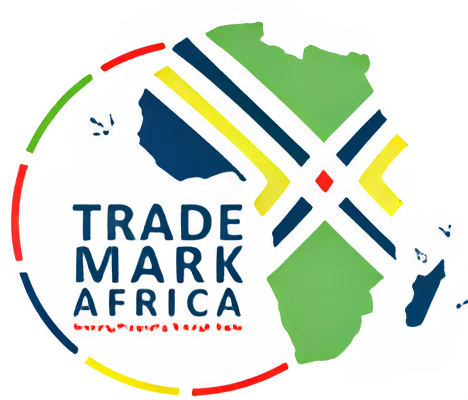Quick Stats
DR Congo
109 Million (2024)
$70.7 Billion (2024)
2017
Northern, Central, Lobito & Kribi-Zongo
Refined Copper (57%), Cobalt (12%), Raw Copper (7%)
- Population and GDP size- World Bank Data – https://data.worldbank.org/indicator
- Trade- OEC- https://oec.world/en/profile/country/
The Democratic Republic of Congo (DRC) is Africa’s second-largest country and one of its most resource-endowed, holding nearly half of the world’s cobalt reserves and serving as a major exporter of copper, gold, and coffee. Strategically located and now a member of the EAC, SADC, COMESA and the AfCFTA, the DRC is poised to become a continental trade and logistics hub connecting East, Central, and Southern Africa. Despite its potential, the DRC has faced long-standing trade bottlenecks, including high logistics costs, inadequate infrastructure, and fragmented regulatory systems.
2.3 Million sq kms
(Approx)
109 Million people
(Approx)
Despite ongoing political uncertainties, the government is seeking to strengthen the presence and credibility of the state, improve governance, and push ahead with structural reforms to restore and maintain stability and peace, attract investment, and create jobs. The economy continues to show resilience, growing by 6.5% in 2024, down from 8.6% in 2023. This growth is mainly driven by the extractive industry which increased by 12.8%. Non-mining sectors grew by 3.2% in 2024, supported by construction and services. GDP growth is expected to slow to 5.1% in 2025 and moderate to 5.5% in 2027, as expansion in mining production decelerates.
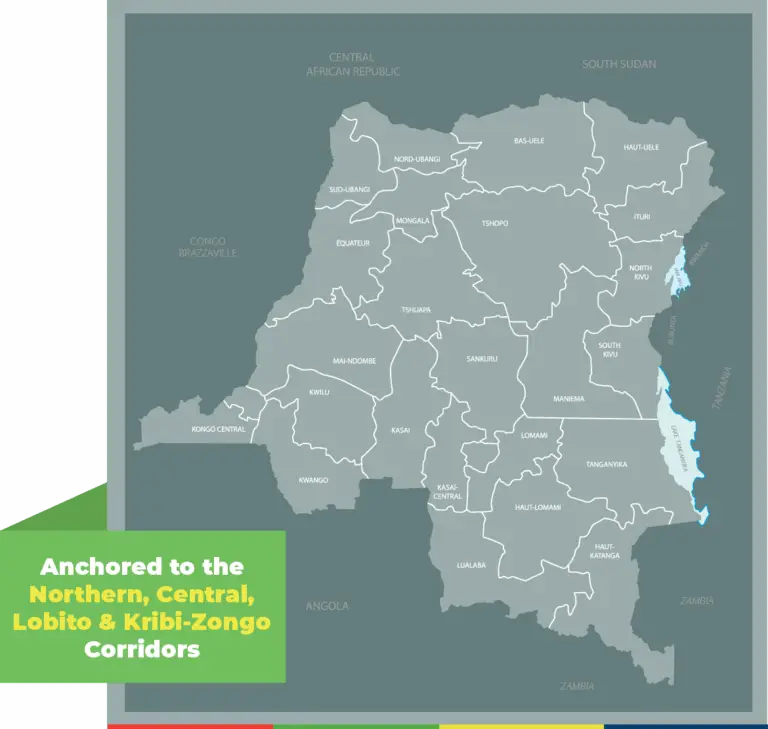
Anchored to the Northern, Central, Lobito & Kribi-Zongo Corridor
A stable currency outlook is underpinned by a solid external position and the central bank’s decision to refrain from financing the fiscal deficit, helping keep inflation within the medium-term target of 7%. Nonetheless, downside risks remain. Continued instability in the eastern regions, recurring public health challenges such as mpox, and broader geopolitical tensions could place additional pressure on public finances. The DRC’s sheer scale, mineral wealth, and borders with nine neighbours, give it unrivalled reach into multiple regional markets. Although notable progress has been made in regional integration and infrastructure development, inefficiencies such as poor logistics, regulatory red tape, and sprawling informal sector continue to suppress the country’s economic potential. Tackling these vulnerabilities will require sustained national effort alongside international cooperation, particularly in strengthening governance, reinforcing institutional resilience, and restoring public confidence through improved security and effective state presence.
Early Milestones
Since 2017
Since 2017, TMA has partnered with the government and development partners to unlock trade in the Eastern DRC by addressing these very constraints, through targeted investments in hard infrastructure, digitised systems, and inclusive trade models that ensure the benefits of connectivity reach those historically left behind.
Specifically, TMA’s facilitation has included the upgrading of Kalundu Port on Lake Tanganyika, the Mahagi and Ruzizi II One Stop Border Posts on the Ugandan and Rwandan borders respectively, and a wide-reaching Women in Trade Programme operating in Goma and Bukavu.
At Mahagi, phased improvements since 2017 have modernised customs facilities, introduced secure parking and border controls, and plans are ongoing to add a cross-border market, bridge rehabilitation, and digital clearance systems. Further investments at Ruzizi II, linking DRC and Rwanda, are set to enhance bilateral trade through upgraded infrastructure and integrated systems, to reduce truck clearance times by 15%. At Kalundu Port on Lake Tanganyika, dredging works and expanded facilities have quintupled vessel capacity and halved offloading times, strengthening DRC’s trade with Burundi and Tanzania. The Women in Trade Programme reached nearly 35,000 traders in Goma and Bukavu through training, formalisation, and digital tools. Incomes rose by 46%, while 14 policy reforms and platforms like iSOKO improved compliance and market access, ensuring more women benefit from cross-border trade.
TMA Strategy 3
2023 - 2030
TMA’s new strategy will prioritise digital innovation, corridor-based investment, and climate-smart solutions, while expanding support for cross-border traders and small enterprises, placing Kinshasa firmly on the map as a regional trade power. Focus areas are the following:
Digital Trade Systems
Trade and Investment Environment
Resilient and Inclusive Trade
Value and Quality of Traded Goods
Physical Infrastructure
- Partner with government agencies to simplify trade procedures, eliminate non-tariff barriers, and align DRC’s trade policies with AfCFTA and EAC protocols.
- Upgrade the main customs software (ASYCUDA World), support development of a single electronic window (SEGUCE) so that traders use one portal instead of multiple offices for goods clearance, and deploy digital tools such as electronic cargo-tracking and e-certificates. Together, these changes will move goods faster, tighten security, and shut down opportunities for bribery.
- Invest in laboratories, certification processes, and mutual recognition frameworks to help local producers meet export requirements and compete globally.
- Expand physical trade infrastructure at major border crossing points such as one-stop border posts at the connecting bridge at Mahagi and enhance port facilities at Kalundu and Kasenyi.
- Broaden access to credit, markets, and digital tools for women, young people and small traders. Flagship schemes such as Women in Trade and the iSOKO platform will steer thousands of informal entrepreneurs into the formal economy, linking them to buyers and lenders and sharpening their edge in regional markets.
Trade and Investment Environment
TMA is working with government agencies to simplify trade procedures, eliminate non-tariff barriers, and align DRC’s trade policies with AfCFTA and EAC protocols. These reforms are improving the business climate, reducing trade costs, and making it easier for businesses to operate and invest.
Quality and Standards
To support DRC’s access to regional and international markets, TMA is strengthening quality standards and SPS systems. Investments in laboratories, certification processes, and mutual recognition frameworks are helping local producers meet export requirements and compete globally.
Digital Trade Transformation
By upgrading platforms such as ASYCUDA World and rolling out the Single Window System (SEGUCE), TMA is also modernising customs operations. Digital tools like the Regional Electronic Cargo Tracking System (RECTS) and e-certification are making trade faster, more secure, and less prone to corruption.
Physical Trade Connectivity
TMA is expanding physical trade infrastructure by upgrading One-Stop Border Posts at Mahagi and Ruzizi II and enhancing port facilities at Kalundu and Kasenyi. These investments are easing congestion, improving cargo flow, and linking DRC’s traders to regional trade routes, increase market access and competitiveness.
Sustainable
Trade
Sustainability is embedded across TMA’s programming in DRC, from supporting climate-smart agriculture to introducing low-emission logistics solutions. By integrating climate resilience into corridors and value chains, TMA is helping DRC prepare for a low-pollutants trade future.
Resilient
Trade
TMA is empowering women, youth, and small-scale traders by increasing access to finance, markets, and digital tools. Programs like Women in Trade and iSOKO are supporting thousands of entrepreneurs to transition from informal to formal trade and thrive in competitive markets.
- Phased upgrades including new customs yard and utilities, modern admin blocks, secure parking and improved border control.
- Users report a 42% reduction in border crossing time, with atleast 70% of them cleared to cross the border in under six hours.( Baseline Study for TMA DRC FCDO Programme at Mahagi Border, IVX Company Limited, January 2025).
- New facilities have created safer working conditions for customs officials.
- The Ruzizi II border post, connecting Eastern DRC and Rwanda, is undergoing major upgrades aimed at improving trade flows and bilateral connectivity.
- Initial civil works were completed under Strategy 2, and current works (Phase 1B) involve the installation of furniture, ICT equipment, and other Integrated Border Management systems.
- Once complete, the project is projected to reduce clearance times for heavy trucks by 15%.
- It also enhances physical and digital border coordination, strengthens immigration and customs operations, and improves safety and service access for border users.
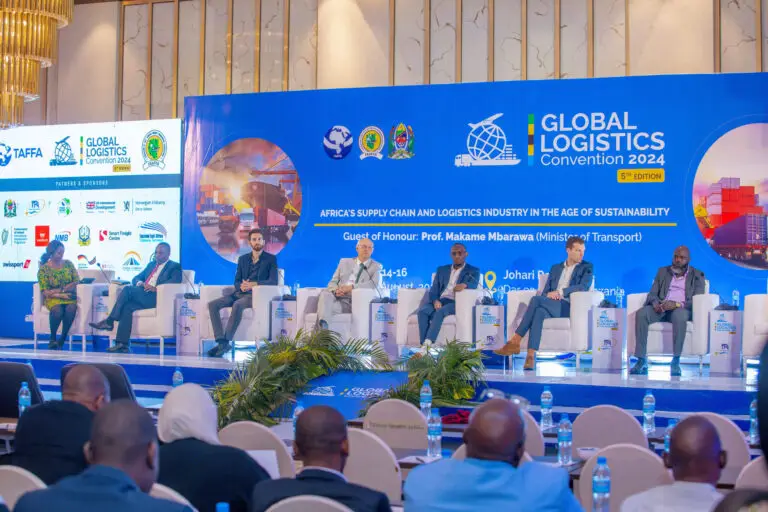
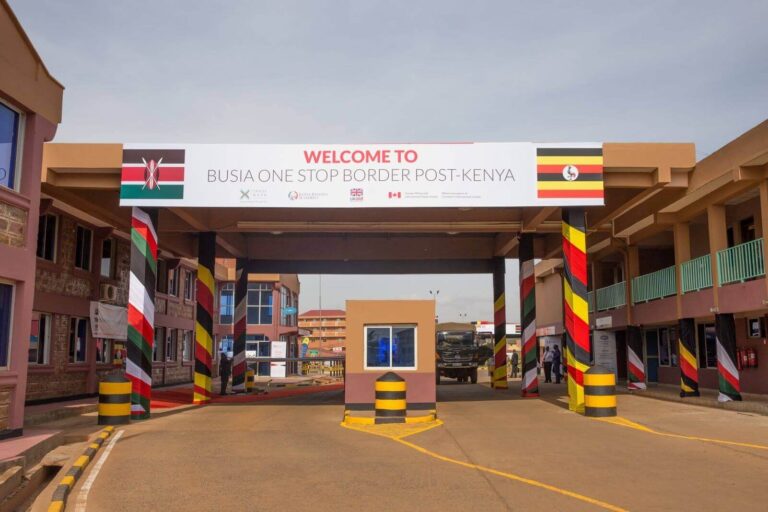
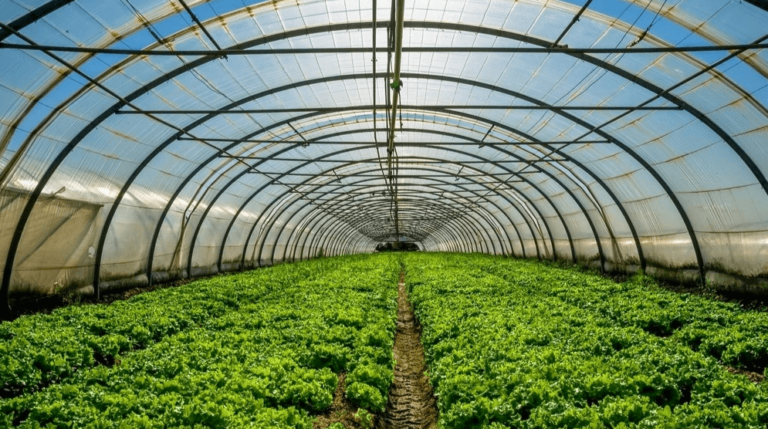
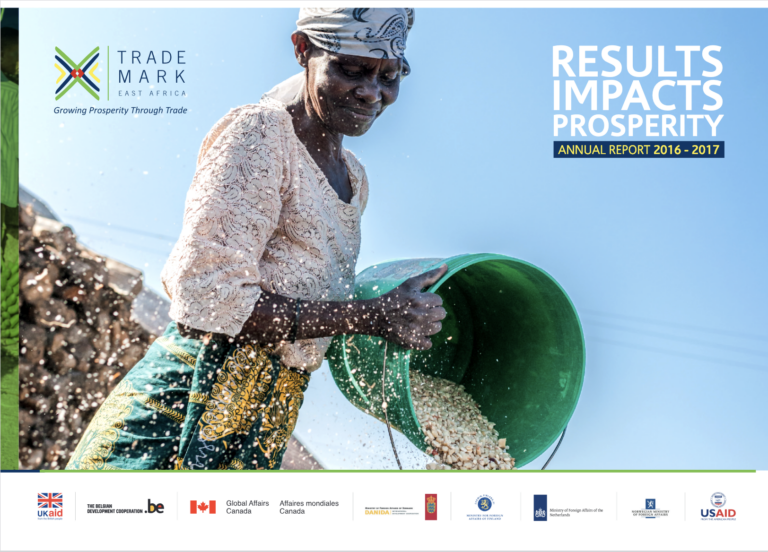
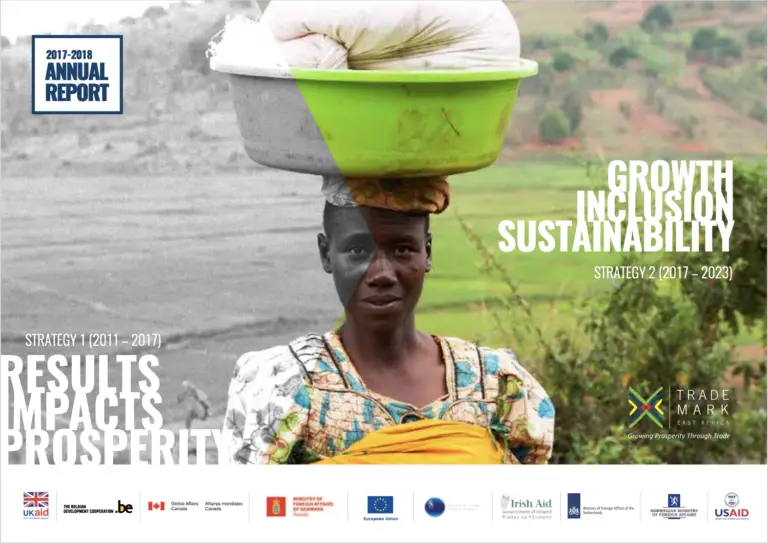
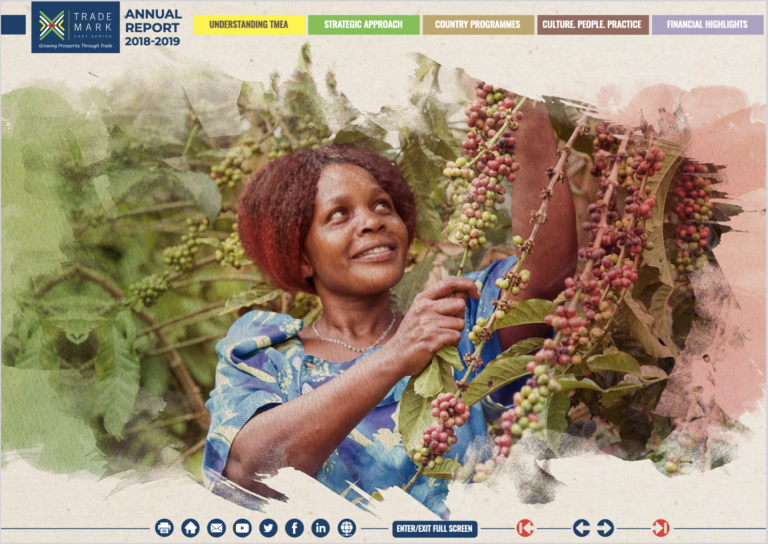
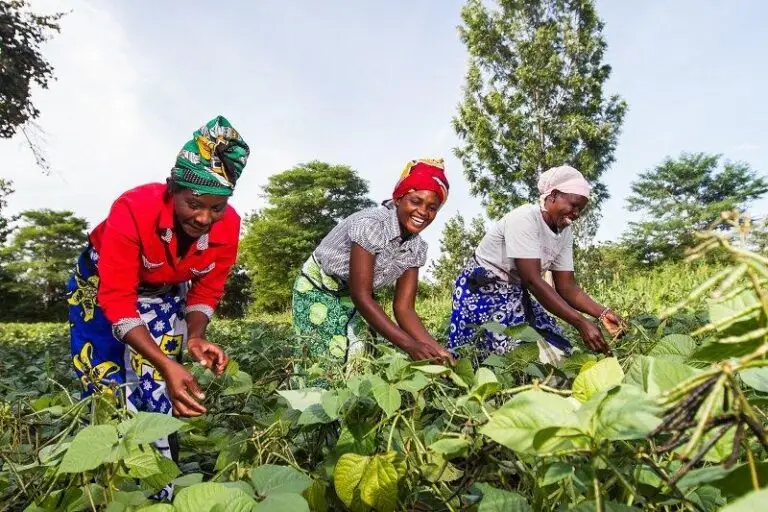
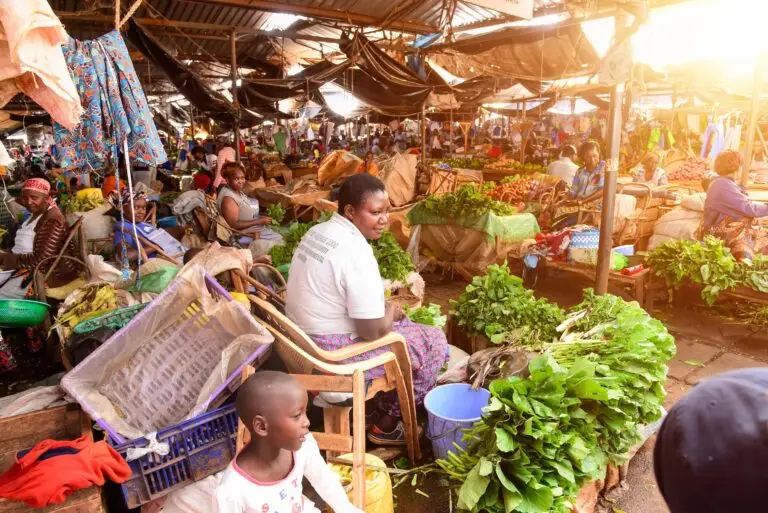
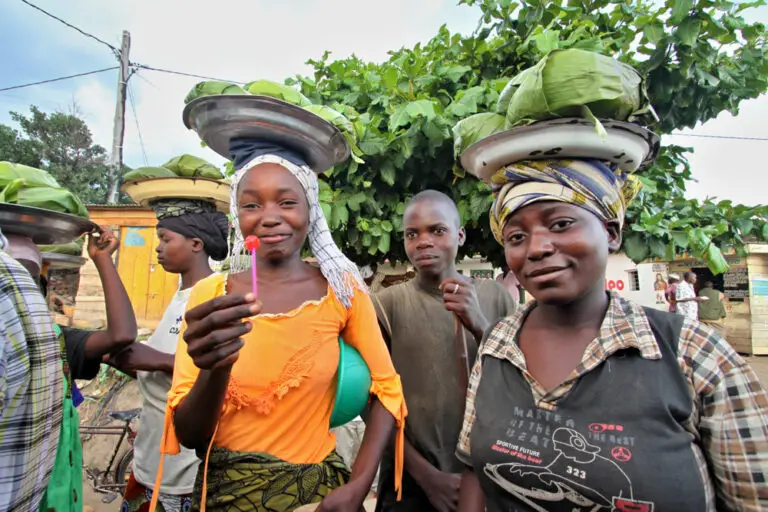
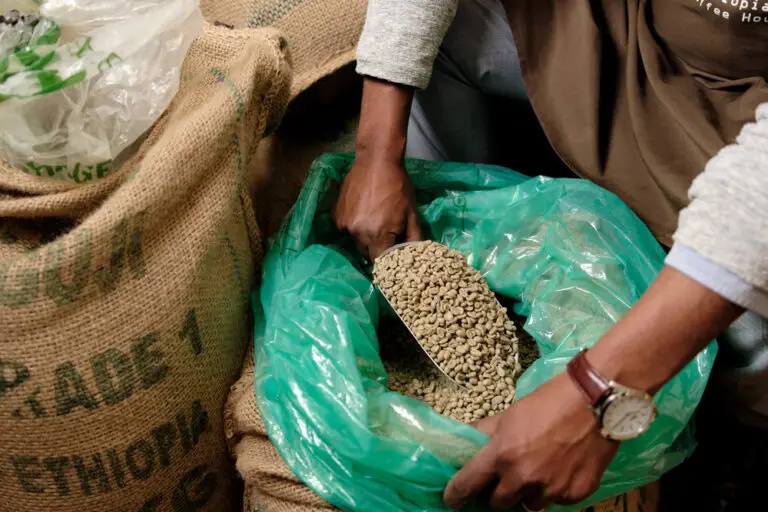
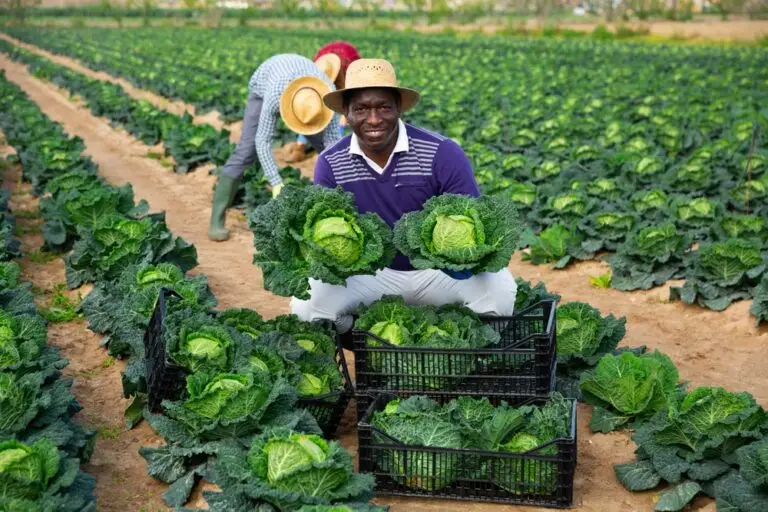
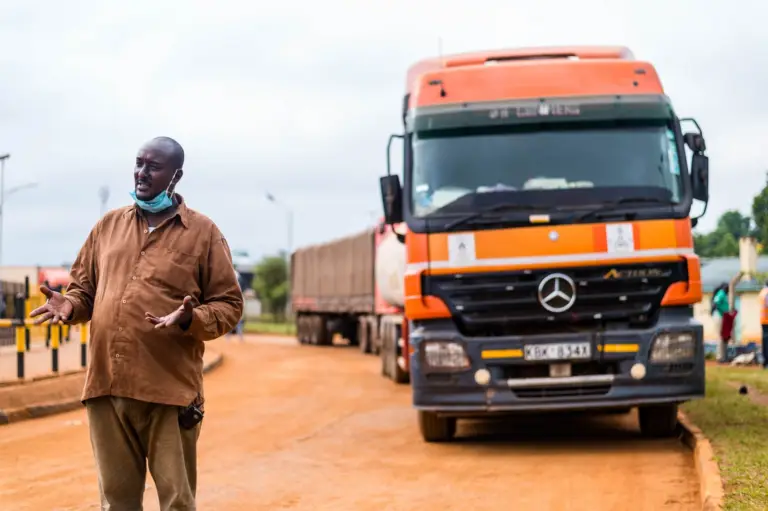
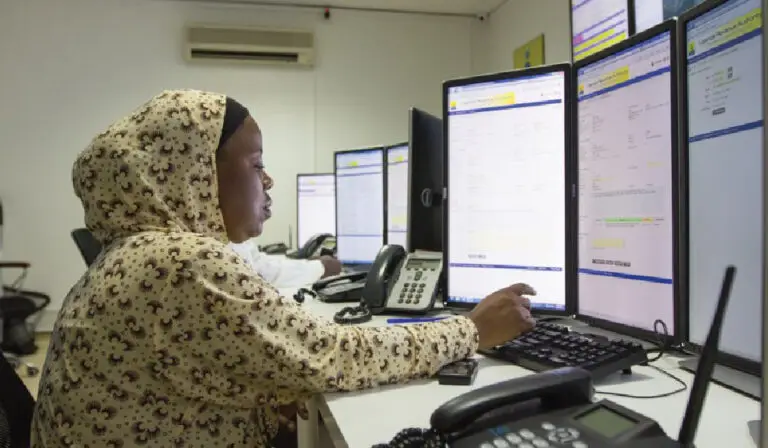
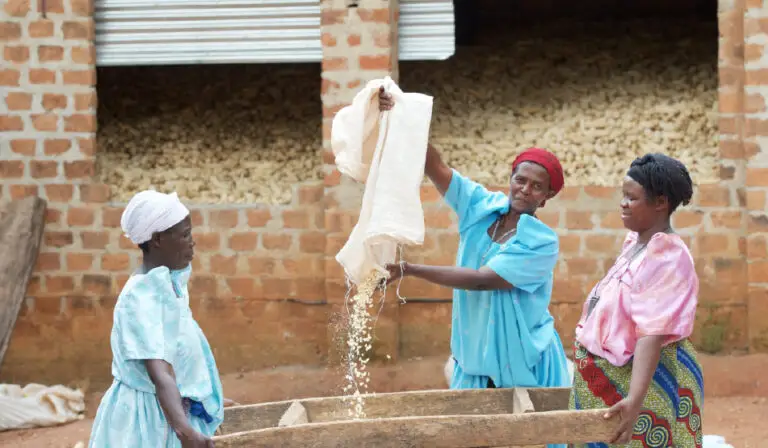
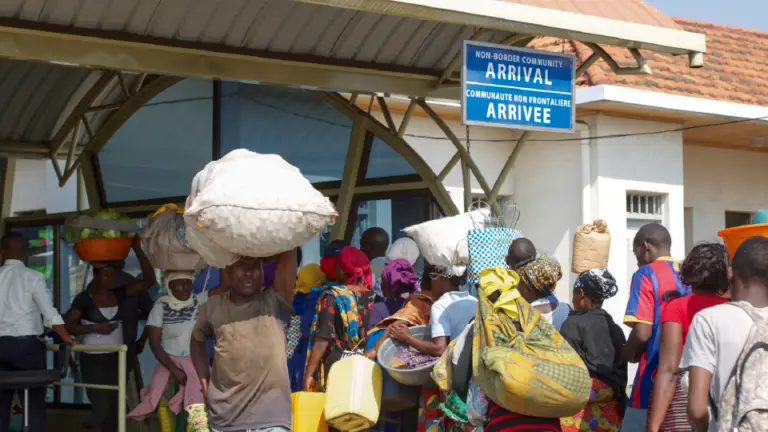
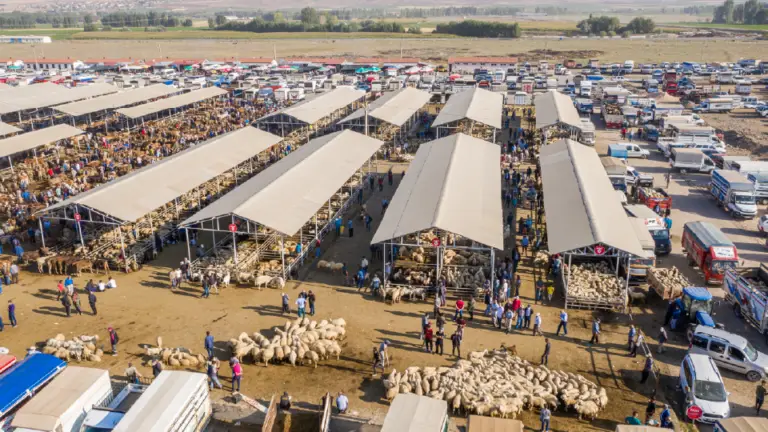
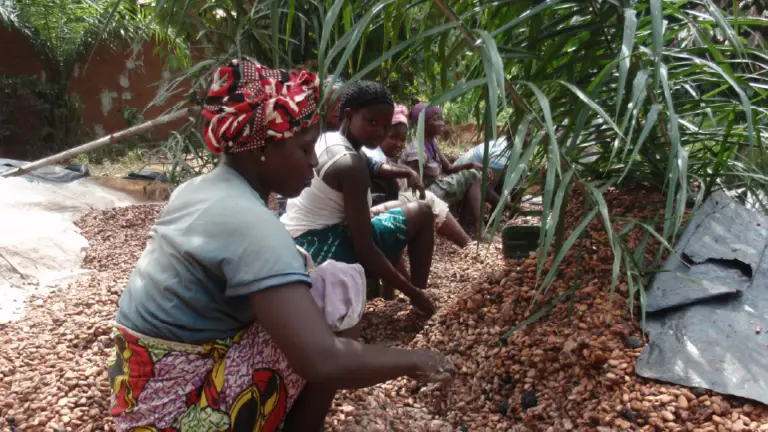


COUNTRY DIRECTOR, DRC
Aimé leads TMA’s programme in the Democratic Republic of Congo, where he works to deepen regional trade integration and unlock economic opportunities through improved border infrastructure, digital trade systems, and targeted support for small-scale and women traders. His engagement spans national and provincial governments, regional economic communities, and development partners, aligning trade facilitation with broader goals of stability, inclusion, and economic growth.
With over two decades of leadership experience in East Africa and the United States, Aime has held senior roles at global firms including Dialogic (an Intel company), Siemens, SunGard, and State Street Corporation. He previously served as Director of ICT and e-Business at the Burundi Revenue Authority, where he led major digital transformation efforts. He holds a degree in computer science and information systems from New Jersey City University, USA.
